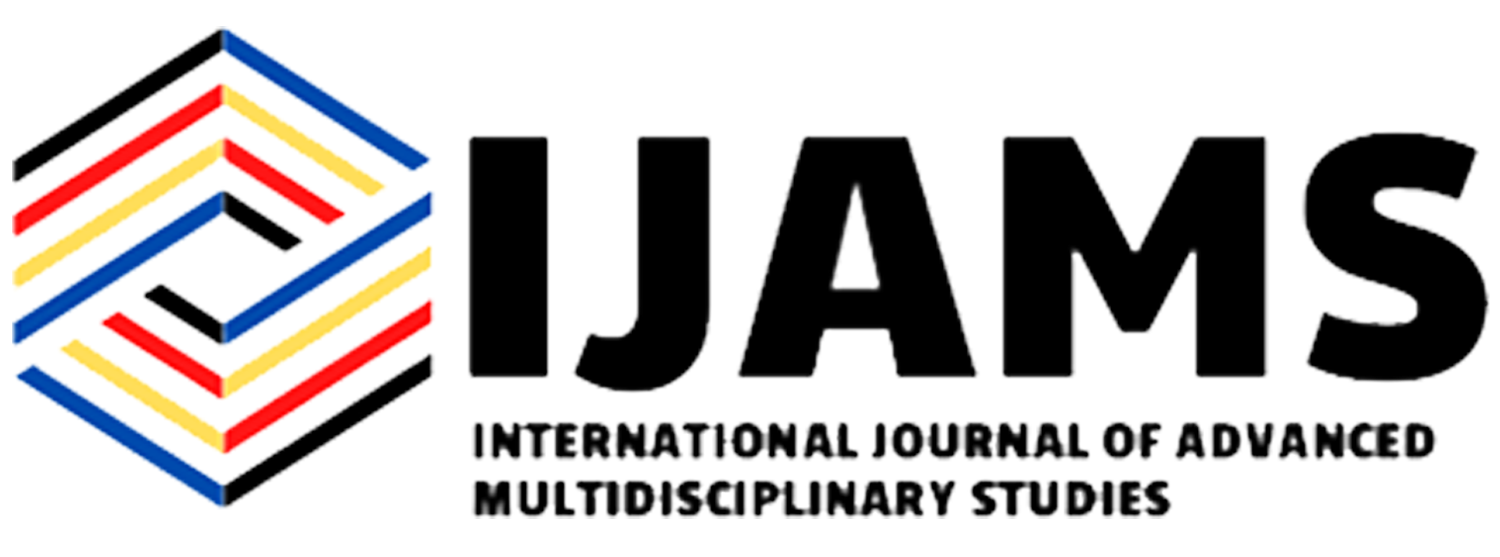ISSN: 2782-893X
eISSN: 2799-0664
 ISSN: 2782- 893X
ISSN: 2782- 893X


—— This study aimed to Determine effectiveness of Pull-out Reading Approach and utilization of Teacher-Made Reading Materials to the Test performance of the Grade 1 Pupils in English. The findings of the study served as a basis of a proposed Enhancement plan. The method used to gather relevant data was Quasi Experimental Research Design for Grade 1 pupils to complete in the 2nd grading period and the performance of the respondents was based on their test scores before and after the Pull-out Reading Approach and utilization of Teacher-Made Reading Materials has been introduced and delivered in the classroom during the teaching and teaching and learning process. The output of this study is to provide Enhancement plan to help the teachers to create a more effective learning processes that would help the learners to improve their test performances as well as their literacy skills. The test of the difference between the pre- and post-test scores of the Grade 1 students who are the study’s respondents is presented in Table 3. The responses to the preand post-validation questions, both before and after the integration of the pull-out reading approach and the use of teachermade reading materials during the teaching and learning reading based on the various most important learning competencies in teaching, particularly during the second grading period which lasted for 4 weeks or 1 month, are shown in this table. The study’s conclusions regarding the integration of the intervention with the pull-out reading approach indicate that there were favorable outcomes or noteworthy effects brought about by the intervention. Based on the findings, it was discovered that the respondents’ pretest score before they were exposed to the identified intervention, were significantly lower than after receiving the intervention and having it integrated into the teaching of reading skills. This was the case for Kindergarten students. Based on the Kindergarten learners’ reading performance on the pretest and posttest, a computed T value was obtained. This value is higher than the critical t value. The hypothesis that there is no significant difference between the pretest and posttest performance of the grade 1 students before and after the integration of the pull-out reading approach and utilization of teacher-made reading materials in the delivery of the most essential learning competencies in reading is rejected in light of these results on the computed t and the critical t value. The results in table 3 implied that indicating that the pre-test and post-test scores differ significantly and meaningfully, confirming the efficacy of the strategies that were put into practice. The null hypothesis was rejected, which further confirms the transformative power of teacher-made reading materials and the pull-out reading approach in addressing the particular reading difficulties noted in the pre-test. The statistical significance shows that the implemented interventions are what caused the observed increases in reading proficiency rather than just random variation. For educators looking for evidence-based strategies to improve literacy, this realization is essential. The study’s conclusions offer empirical evidence in favor of the theory that interventions tailored to each learner’s specific needs can significantly improve academic performance. This affects Grade 1 learners as well as the larger pedagogical strategy for teaching literacy in the early years of education. The statistical significance supports the interventions’ transformative effects and adds insightful information to the ongoing discussion on personalized learning strategies in early literacy education. Keywords — Effectiveness Pull-out Reading Approach Performance Grade 1 Learners English